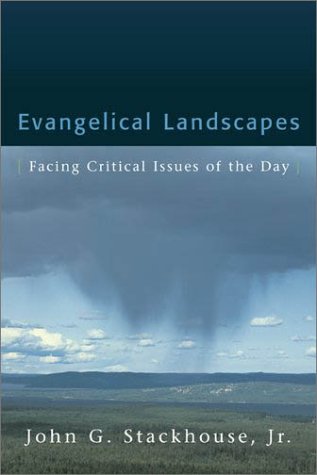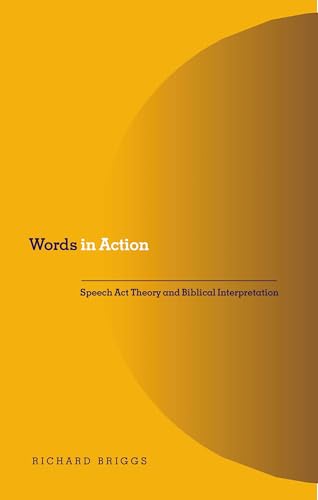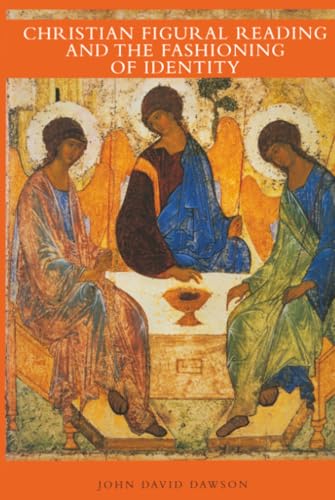SMOOTH WORDS: WOMEN, PROVERBS AND PERFORMANCE IN BIBLICAL WISDOM, JSOTS 356
Written by Carole Fontaine Reviewed By Paul OverlandThe gift Carole Fontaine has given us is Smooth Words in significant. By careful review she endeavours to coax biblical women to emerge from textual shadows. She masterfully fulfils Westermann’s wish that someone might respond to the missing or muted voice of women in Proverbs (and beyond) by ‘writing them in’ (264).
This group of biblical women ‘excavated’ by Fontaine includes a wide array, whether historical (e.g., Abigail) or metaphoric (e.g., Woman Wisdom). It also includes female roles often namelessly portrayed, whether positive of negative (e.g., mother, wife, witch, adulteress).
Two approaches (and hence, two chapters dominate the study. In a chapter entitled ‘Textual Women’, Fontaine examines various roles occupied by women as recorded in the biblical text, categorised as private, public, and cosmic (ch. 2). Each bears some association with wisdom, whether a mother who shares teaching with her child, or Woman Wisdom who instructs from a cosmic podium. The chapter entitled ‘Women Using Wisdom’ focuses on the function of wise sayings in actual life (proverb performance, ch. 3). In particular, this latter chapter concentrates either on texts in which women behave in a wisdom capacity (Wise Woman of Tekoa, Queen of Sheba) or texts in which women are referred to wisdom settings (as in Ezekiel’s presentation of The Foundling Allegory).
A hallmark of Fontaine’s volume is the wealth of extra-biblical information relative to each role, drawing on sources ranging from Mari to midrash. Furthermore, this information is expressed in an eminently readable fashion. This perspective (together with a scope reaching beyond Woman Wisdom) contrasts with Claudia Camp’s more biblically bounded Wisdom and the Feminine in the Book of Proverbs.
As ‘beauty lies in the eye of the beholder’, the value of Smooth Words will be determined largely by the extend to which its readers allow extra-biblical sources to ‘write in’ the muted biblical voices of women. Consider two small examples: After learning that medieval sources (Alphabet of Ben Sira and Ma’aseh Malkath Sheba) credit the Queen of Sheba with bearing Nebuchadnezzar by means of Solomon, some readers will sense that their grasp of the Queen of Sheba—King Solomon exchange in Kings/Chronicles has become significantly illuminated. They may return to the biblical text to see whether sexual connotations may have gone unnoticed in previous readings. Other readers will be uncomfortable with this line of reasoning, not because of Solomon’s chaste reputation, but because of hermeneutical presuppositions that incline them toward diachronic interpretation (interpreting forward through time). Still others will pick and choose, perhaps declining the medieval contribution concerning the Queen of Sheba, but affirming that Siduri with her ‘alewife advice’ to Gilgamesh of ancient Mesopotamia may help one better appreciate the proactive personality of another ancient businesswoman, Rahab in Jericho of Joshua’s era.
As a resource creatively painting the role of women in the Ancient Near East at large with primary anchoring in the Bible, this work will rightfully claim a wreath (note even the author’s artwork!). In contrast, this thoughtful volume will be bound to disappoint those who hope for a more tightly textual analysis—a hope that, after all, was probably was not the author’s intent to satisfy.
Paul Overland
Ashland Theological Seminary, Ohio







